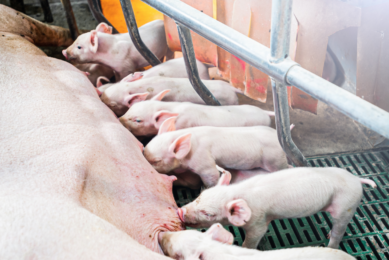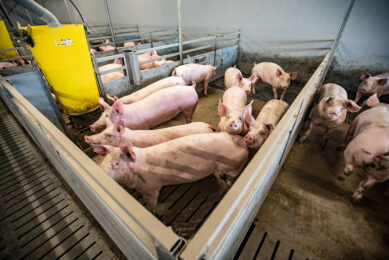Asian markets going through role reversal
As for longer-term agribusiness projection, the Asian markets will see a partial reversal of roles in the next couple of years, said to Eric J. Brooks, senior analyst for eFeedlink, during a presentation paving the way for VIV Asia, to be held 9-11 March 2011.
Brooks pointed out that China and Thailand are the two major countries driving change in Asian agribusiness. He said that at the moment, agricultural demand comes from China; and innovation mainly comes from Thailand. This image is going to turn around, he said, pointing that the Association of South East Asian Nations (Asean) will add its import demand to that of China. A growing insufficiency of available arable land will result in East Asia as a whole, not only China, becoming an importer of feed. Vietnam, Brooks said, serves as a good example as this country is about to overtake Japan as the world’s number two soy importer within 20 years. Imports of corn, fishmeal also grow faster than feed or livestock output.
In reverse, Brooks also said that China will use its scale advantage to challenge the technical supremacy of the Thai integrators. Thai agribusiness conglomerates like CPF and Betagro pioneered the exporting of meat and fish to large markets like the EU and Japan. Thai agribusiness also proved that it was possible for a developing country to contain lethal diseases like avian influenza. It was Charoen Pokphand’s entry to the Chinese market which started the country’s modernisation of the poultry sector – and indirectly that of other types of meat. It is to be expected, Brooks said, that eventually Chinese agribusiness conglomerates will build on this tradition – and grow beyond them.
Thai food exports to slow down
Thai newspaper The Nation reported that the value of Thai food exports is forecast to grow in 2011 by just 2.5% to 810 billion baht (€20.3 billion), due mainly to the strength of the baht, a shortage of raw materials and higher production costs. Food exports in 2010 were estimated to have grown by 4.7% to 790 billion baht (€19.8 billion). As an example, the Thai Broiler Processing Exporters Association, said chicken exports are expected to grow only 12% next year to 430 billion baht (10.8 billion) due to the appreciation of the Thai currency. Growth in 2010 is forecast at 8%. The major markets for Thai chicken in 2011 will be the EU and Japan.











